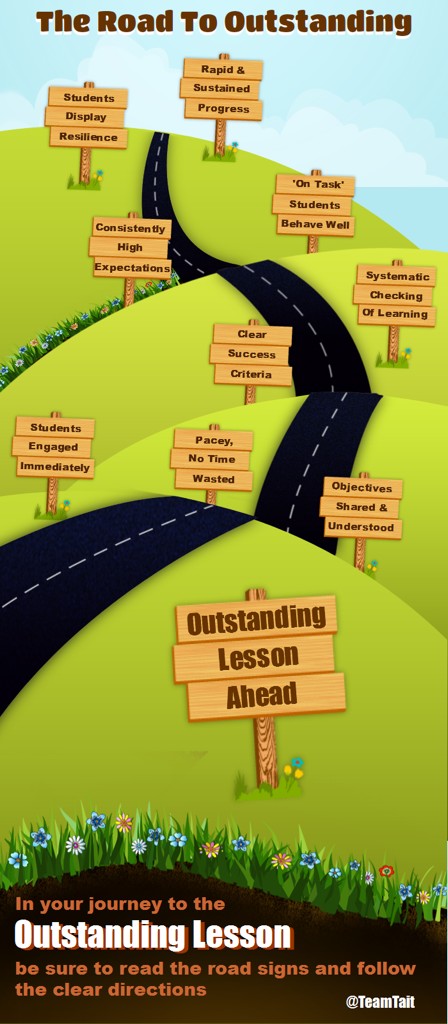After an observation on Monday, I am going to use this post as a reflection.
Group: Level 3 Extended Diploma Fisheries Management.
Unit: Undertake and Review Work Experience.
A mixed age and ability group, with some strong characters within. Some students have minor behaviour issues so often have to be managed.
Aims and objectives:
To identify good and bad interview techniques.
To produce a 3-5 minute video demonstrating a good/bad interviewer/ interviewee.
I launched the aims and objectives verbally, however could have noted them down on the board so visible at all times.
The plan!
I planned to split the group into 4 groups, mixing ability and confidence as well as splitting up friendship groups and students that are easily distracted by one another.
The groups were given the task of producing a good/bad interview techniques mind map. After a few moments, group 1 and 2 got straight into writing some ideas down and group 3 and 4 were struggling little. So I gave some ideas/encouragement to both groups and set group 3 a target of 10 ideas for each and group 4 15 for each. I differentiated between the two as group 3 had slightly weaker members than group 4, who I believe were simply struggling to put ideas down on paper.
After about 10 minutes I had each group feedback answers to the rest of the group and recorded ideas on the whiteboard. I tried to develop their ideas and ask for examples to relate to where appropriate.
I then introduced the video task, and each group were given the task of planning and making a 3-5 minute video. Each team had to assign each person a role: interviewer, interviewee or camera man.
During the planning stage they were instructed to identify which good/bad techniques they were to use, write a rough time plan of topics/actions and write some questions and answers to be used.
Half way through the planning, to give some encouragement and ideas, a short clip was shown from YouTube. This seemed quite effective in idea generation.
Once each group completed, they were assigned a room and video camera and had 30 minutes to film. Each group had I return by 12 to show the final copy of their video.
The videos were then shown on the interactive board to the rest of the Group and discussed after each video.
At the end of the session, I asked some directed questions about good/bad interview techniques.
Review:
Behaviour:
Student behaviour was good on the whole, 3 students had to be reminded several times to put mobile phones away.
During discussions, some students had to brought back on topic as the conversation was close to becoming inappropriate.
Engagement:
During the mind mapping, I had to encourage some students to be involved and suggest ideas. I then made sure that I questioned these during the feedback to ensure they were contributing.
In the video task I felt that everyone was engaged in the task, as they all had an important role to undertake.
Embedding:
Literacy and numeracy were embedded by each group completing a planning task and writing interview Q+A.
E+D was touched on during the feedback session, where one student raised the point about possibly not wanting to be interviewed by someone because of sex or race.
Assessment:
I used formative assessment of Q+A, mind maps, video planning.
Summative assessment was of the completed video.
I am Awaiting my feedback and will update once received.
Tom



